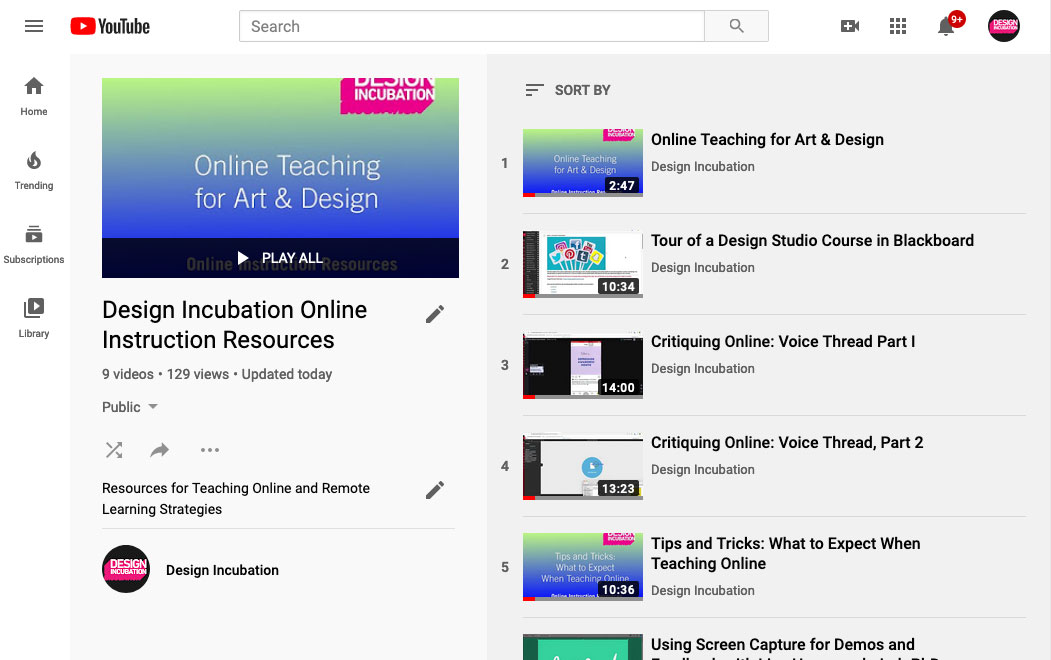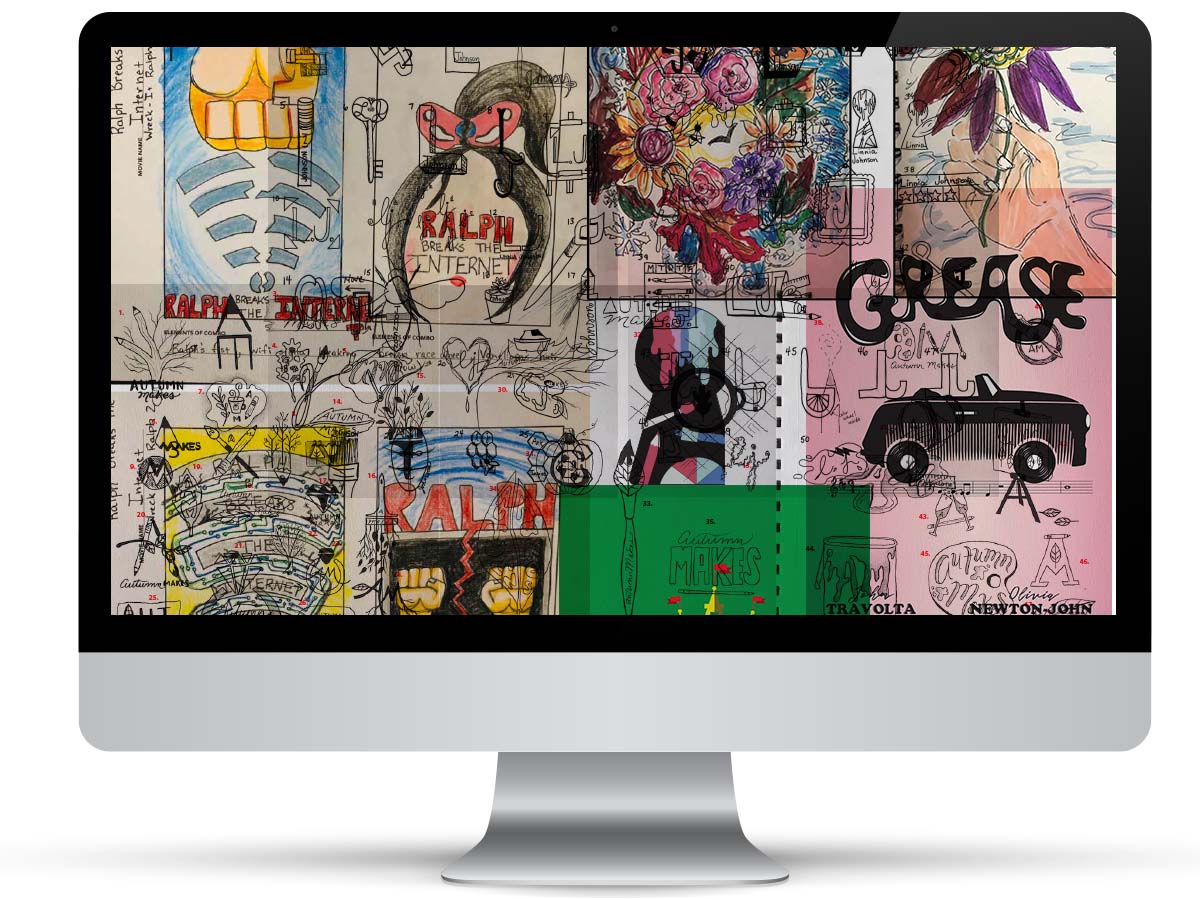Gerol C. Petruzella Ph.D.
Associate Director
Academic Technology
Massachusetts College of Liberal Arts
One of the contexts in which design can have a vital and immediate impact in education is in the design of the online course space. As higher education expands to more meaningfully accommodate the role of instructional design in developing pedagogy and curricula, there is an increasing opportunity for such work to be put into practice, not only in specifically design-focused curricula, but across majors and programs generally. Longstanding research points toward a significant correlation between well-designed environments and improved educational experiences and effectiveness. As digital environments, not just physical ones, have become a mainstream part of the student experience, we have compelling reason to mindfully and intentionally apply design principles to those spaces as a matter of course, rather than as a specialized or ‘add-on’ practice.
This presentation offers a comparative case study in the effectiveness of applying basic considerations of design to an online course space, and offers some preliminary analysis. The same 200-level philosophy course, taught first in 2012 with no explicit attention paid to issues of design, and then taught again in 2015, with intentional consideration of visual, accessibility, web, and mobile design issues, will form the basis of the investigation. Analytics data and trends collected by the learning management system, including direct and proxy measurements of participation, engagement, and assessments, will undergird some conclusions about the efficacy of including intentional and explicit design work as a standard element of course creation.
This research was presented at the
Design Incubation Colloquium 3.0: Massachusetts College of Liberal Arts (MCLA) on Saturday, Sept 24, 2016.
Like this:
Like Loading...


